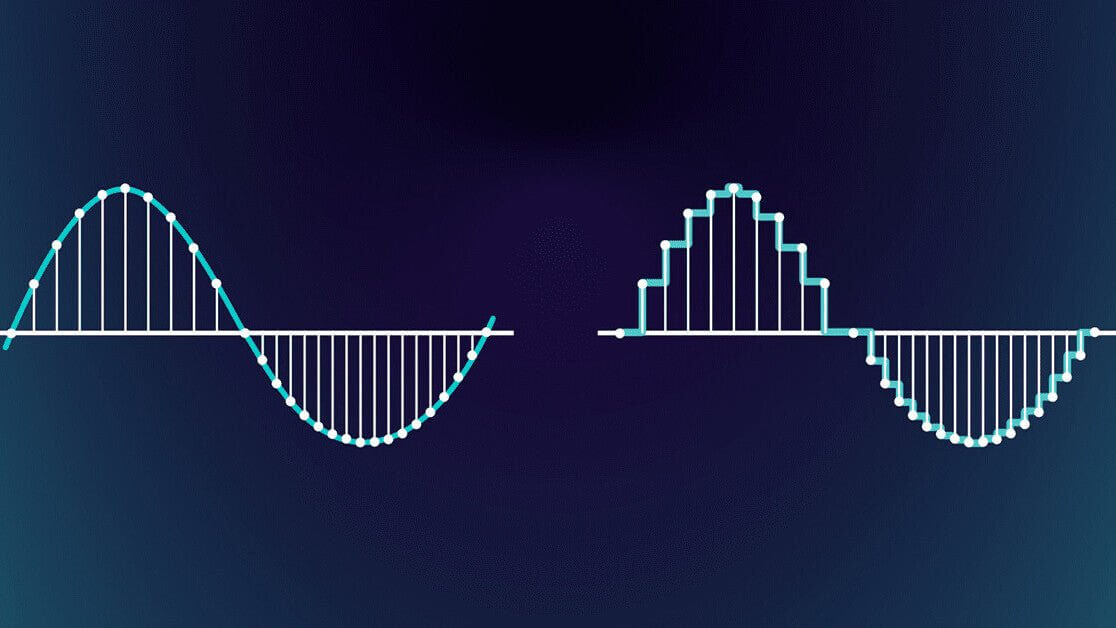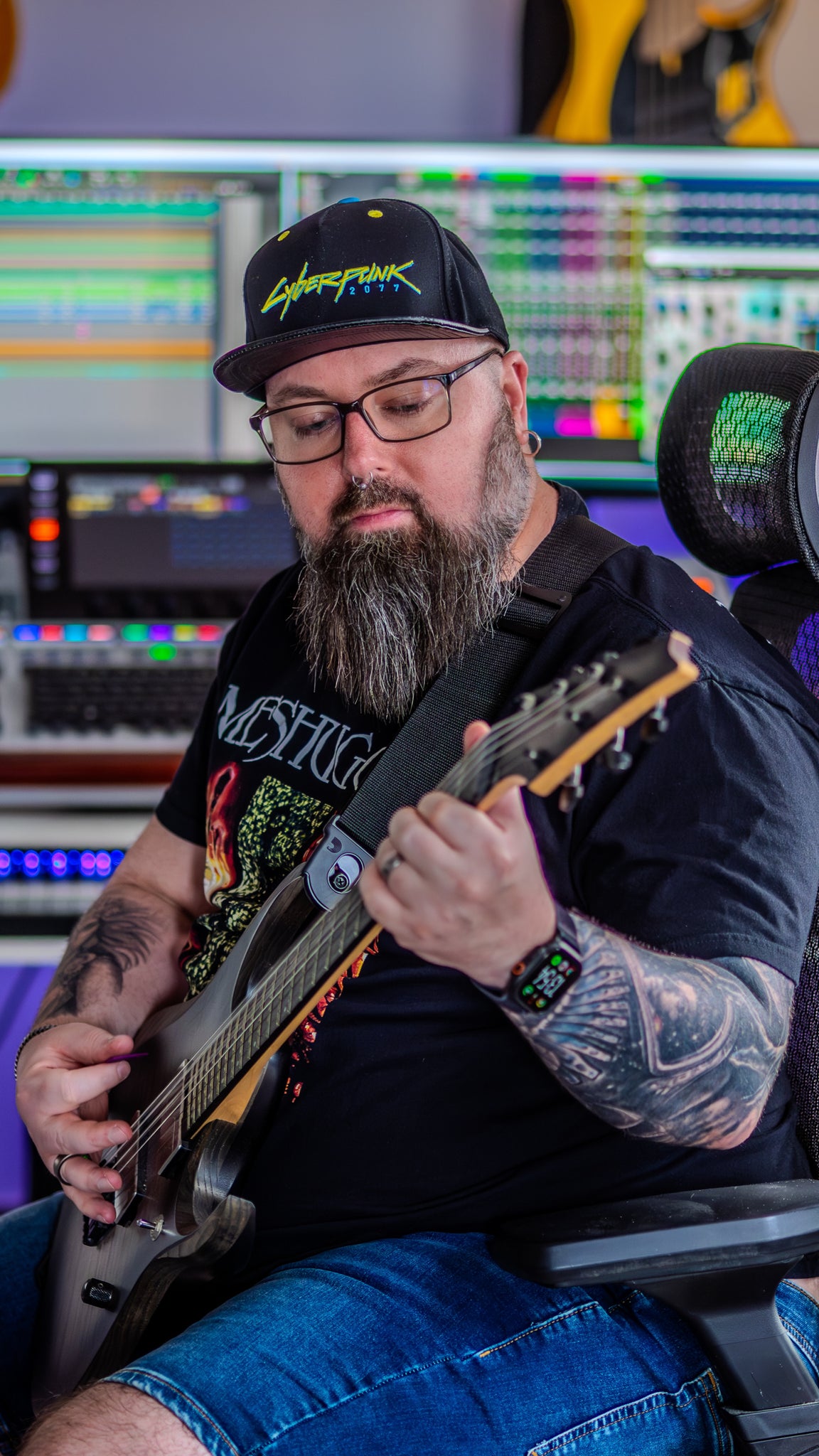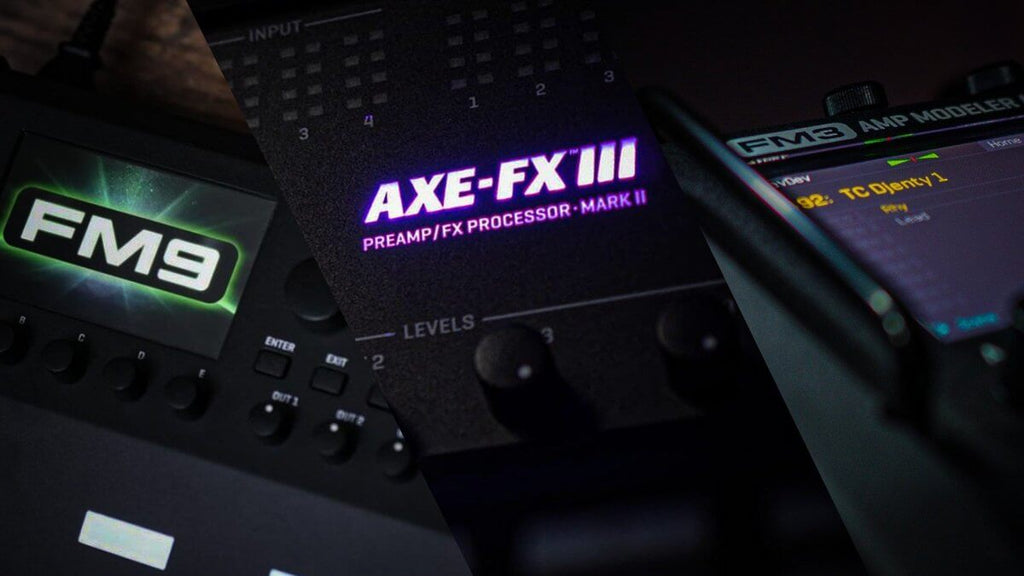Sample Rate in the Recording Studio - An Explanation

In the realm of music post-production, understanding the concept of sample rate is pivotal. It's a fundamental aspect that shapes the quality and character of the audio we produce and consume. In this article, we'll delve into the intricacies of sample rate, elucidating its importance in the recording studio.
What is Sample Rate?
At its core, sample rate refers to the number of samples of audio carried per second. To comprehend this, imagine audio recording as a series of snapshots of sound, taken rapidly one after the other. The sample rate, measured in Hertz (Hz), denotes how many of these snapshots are captured in a second. Common sample rates you might encounter include 44.1 kHz, 48 kHz, 88.2 kHz, 96 kHz, and even higher.
The Science Behind Sample Rate
The theory underpinning sample rate is rooted in the Nyquist Theorem. This principle posits that to accurately reproduce a sound wave, you must sample it at least twice its highest frequency. For instance, human hearing typically ranges up to 20 kHz, so to accurately capture all frequencies audible to us, we need a sample rate of at least 40 kHz. This is why the CD standard of 44.1 kHz became prevalent – it covers the entire range of human hearing with a little room to spare.
Why Does Sample Rate Matter?
1. Audio Quality
Higher sample rates can capture more detail in the sound. This is particularly crucial in a professional setting like Develop Device, where delivering high-fidelity audio is paramount. A higher sample rate ensures that the nuances and subtleties of the sound are preserved, from the delicate overtones of a cymbal to the deep resonance of a bass drum.
2. Processing Headroom
Working with higher sample rates provides more processing headroom. This is especially beneficial when applying digital processing like EQs, compressors, and reverbs. Higher sample rates reduce the chances of aliasing (unwanted artifacts) and ensure smoother, more natural-sounding processing.
3. Future-Proofing
Recording at higher sample rates future-proofs your work. As standards evolve and listener equipment improves, having recordings at higher sample rates means your work retains its quality over time.
The Flip Side: Considerations and Limitations
While higher sample rates offer advantages, they come with their own set of considerations:
- File Size: Higher sample rates result in larger file sizes, impacting storage and transfer times.
- System Load: More data per second means more strain on your computer and recording equipment.
- Diminishing Returns: Beyond a certain point, the improvements in audio quality become less perceptible to the human ear.
Choosing the Right Sample Rate
In my studio, Develop Device, the choice of sample rate is guided by the project's needs and the final delivery format. For instance, if the end product is a CD, a sample rate of 44.1 kHz is perfectly adequate. However, for projects where utmost audio fidelity is desired, or for archival purposes, higher sample rates like 96 kHz or even 192 kHz may be chosen.
Practical Tips for Working with Sample Rate
- Consistency: Maintain a consistent sample rate throughout the recording and mixing process to avoid unnecessary sample rate conversions.
- Know Your End Format: Always be aware of the format in which your music will be finally consumed and choose your sample rate accordingly.
- Monitor Your System: Higher sample rates demand more from your system. Ensure your setup can handle the load without compromising performance.
Conclusion
In conclusion, the sample rate is a critical component in the recording studio that significantly impacts the quality of the audio. As a professional in the field, I prioritize choosing the right sample rate to suit each project's needs, balancing quality with practical considerations. Understanding and effectively utilizing sample rate is key to producing audio that not only meets today's standards but also stands the test of time.
In your musical journey, whether you're recording, mixing, or mastering, remember that the sample rate is more than just a number – it's a gateway to capturing and delivering sound in its most vibrant and true-to-life form. At Develop Device, we're committed to harnessing this power to bring your audio visions to life with the utmost fidelity and precision.













Leave a comment
All comments are moderated before being published.